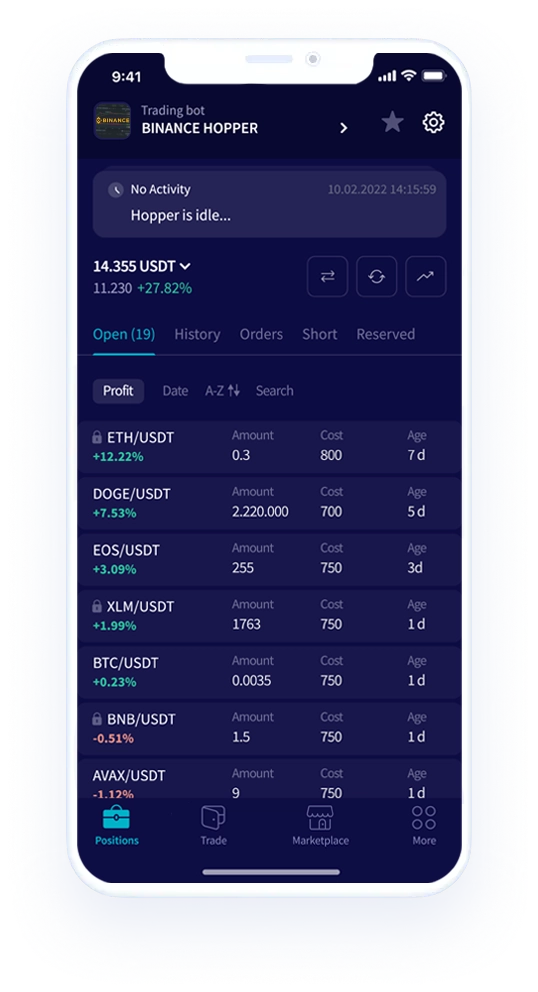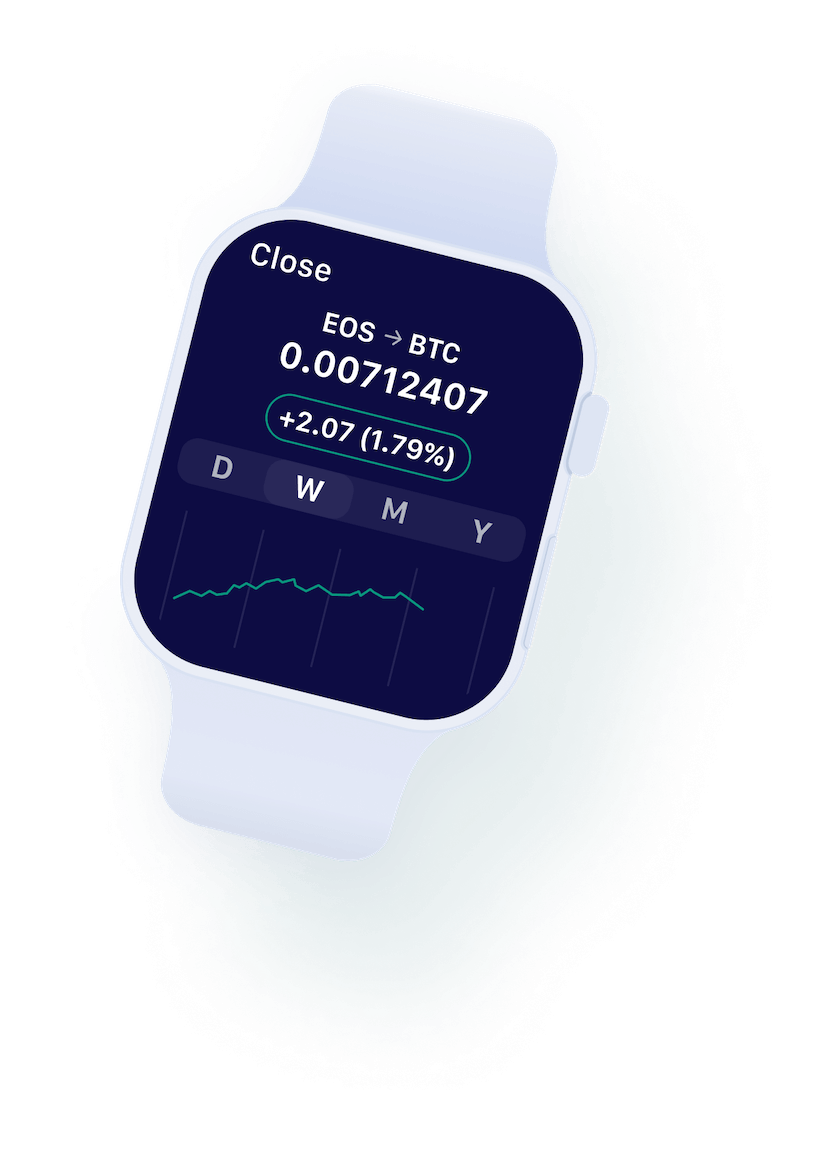But what I’ve experienced on the ground has always been in stark contrast to the harsh realities of economic data. Today, there are less than 50 unicorn businesses that have emerged from Latin America, a region covering 20 countries and 600 million people. To put that in comparison, its neighbour the United States boasts in excess of 1,200 start-ups valued in excess of $1 billion, and the U.S. has just 40% of LATAM’s population.
It’s undeniably true that Latin America has a wealth of resources. Yet, for some reason its entrepreneurial and investment potential has not yet been truly fulfilled.
This led us to undertake a detailed study of eight Latin American countries to better understand what is holding the region back, and what can be done to fuel growth. In particular, we explored the role that tokenisation could play in unlocking capital and give the region greater participation in global markets. In our Latin America Market Inclusion Report we spoke to experts across the region including market analysts, lawyers, stockbrokers, and others involved in the regional capital markets, to understand the experience a company faces when seeking to raise capital of $30-$50 million on the region’s public markets.
Our analysis identifies a phenomenon of “liquidity latency” in the region, which refers to the obstacles and inefficiencies in traditional LATAM capital markets that have slowed the flow of capital and hindered investment. In particular, we found:
Concentrated banking: Before the emergence of alternative and non-bank financial services (fintechs) companies over the last five years, just five banks controlled 70% of bank accounts in Latin America’s main markets.
High fees: Such monopolisation has contributed to the world’s highest banking fees – around 17% – unsurprisingly stifling both innovation and capital flow.
Bureaucratic and regulatory hurdles: Many major Latin American economies rank poorly on the World Bank’s Ease of Doing Business index, with reputations for bureaucratic and regulatory complexities that disincentivise listings and investment.
Limited capital market depth: The region suffers from severe underfunding of entrepreneurship and deep pools of capital looking for these opportunities.
High startup costs: Raising $30-$50 million can incur average fees of 7%, often higher due to dollar-denominated advisory services and significant pre-issue costs. This added hurdle, combined with regulatory complexity and low liquidity, strongly deters new issuances.
Underdeveloped investor ecosystem: Many in Latin America do not, or cannot, engage in financial investment opportunities. For example, less than 2% of Colombia’s population are active stock market investors, and 68% of Latin Americans lack formal financial education. There’s also a heavy institutional bias, with retail investors in Peru paying eleven times more in fees than institutional investors for the same stock.
Markets in Latin America have traditionally been ‘exclusive’ in nature and practice; the right to participate was reserved for a privileged few. Barriers range from economic (costs) to social (connections), from access (particularly to international investors), to regulation (cumbersome and often arcane). The societal costs of this situation extend beyond the economic; they include the continued under-representation of certain groups or geographies in the region’s formal economy, the side-lining of under-served communities and demographics, inhibiting their ability to participate or share in the region’s growth.
It’s therefore little surprise that liquidity latency is affecting entrepreneurialism, reducing opportunities for business creators and those who wish to invest in them.
However, we are beginning to see a marked change with the growth of tokenisation that I believe can help to fire up LATAM’s growth potential.
Tokenisation offers issuers cost-efficient access to global liquidity for companies of all sizes and situations. Additionally, it enables investors a much greater degree of flexibility and freedom of use with real-time settlement, 24/7/365 trading and the ability to self-custody assets. In effect, zero barriers to entry for both sides of the transaction – fundraisers and investors.
By reducing issuance costs by up to 50%, as little as 2-4% of capital raised, cutting listing times to 60-90 days, and enabling fractional ownership, blockchain-based securities can make investing dramatically more inclusive and efficient.
It is of course still early days in fulfilling the potential of tokenisation, but it’s not an exaggeration to say that the financial shift that it represents has given a broader socio-economic chance for the region to overcome historical barriers and drive growth.
Tokenisation represents the first genuine opportunity in generations to rethink finance. It lowers costs, accelerates access, and creates a more direct connection between issuers and investors. Tokenisation represents a practical and available solution; reducing barriers to entry for business creators and investors, extending the role and benefits of the market to all sections of society. This is the meaning and aspiration of market inclusion which, for Latin America, couldn’t be more relevant or urgent.
Author: Jesse Knutson, Head of Operations, Bitfinex Securities
The post appeared first on Bitfinex blog.

